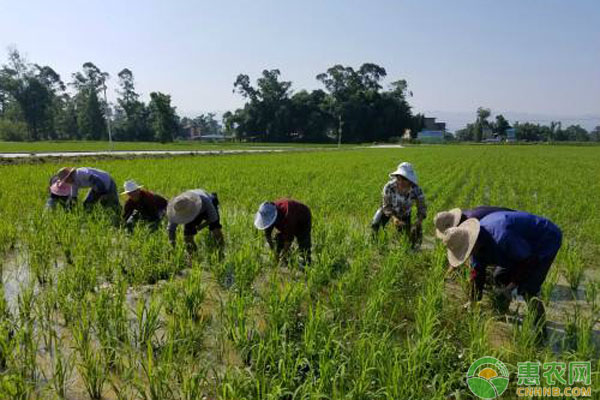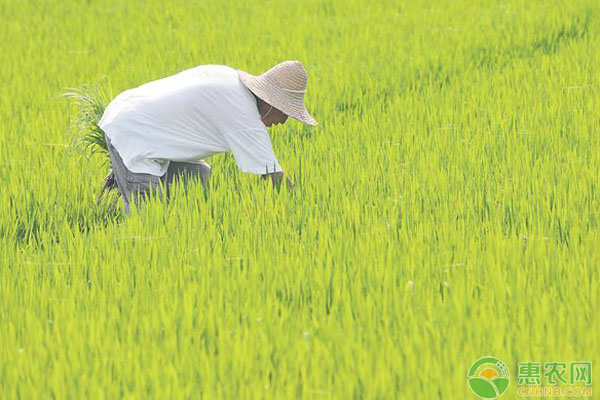There are many kinds of rice herbicides, but if the herbicides are not used well, the light ones will affect the control effect, the heavy ones will produce phytotoxicity, affecting the growth and the later production. So how to choose a rice Herbicide? Let's take a look at it.

Production is generally based on the following aspects of herbicide selection:
1. According to the weeding time selection
Herbicides are available in both closed and post-emergence treatments. After rice transplanting or weeding before weed buds before transplanting, closed herbicides should be used. After weed emergence, weeds should be used to treat herbicides. In particular, the general weeds in the direct-seeded rice fields are harmful, and it is advisable to carry out closed weeding. After the seedlings, it is better to spray the stem and leaf treatment agents according to the occurrence of the weeds in the field.
2. Choose according to weeding method
At present, there are many rice herbicide preparations, including effervescent tablets, granules, emulsifiable concentrates, suspensions and the like. If the field weeding adopts the throwing method, it is better to use the effervescent tablet type. If the first dosage form such as granules is applied, it is preferred to spray the emulsifiable concentrate, the liquid or the suspending agent or the wettable powder.

3. According to rice varieties
Different rice varieties have different sensitivity to Pesticides. When using herbicides, the sensitivity of the pesticides to the varieties should be considered. Otherwise, it should cause phytotoxicity. For example, most of the rice varieties such as cyhalofoprin can be used, but bispyribyl ether, pyrithione and other common japonica rice are better used, but sensitive to japonica rice, and often cause phytotoxicity when used.
4. Select according to weed species
Different medicaments for controlling weeds are different, and it is advisable to select the right-handing agent according to the type of weeds in the field to improve the control effect. For example, cyhalofoprin, oxazolamide and other agents generally only have good effect on grass weeds such as ginseng or valerian, but are basically ineffective against broadleaf. The broad-leaved weeds such as dimethyltetrachloro and chlorofluoxyacetic acid have good effects and are ineffective against grass weeds. It is generally effective against sedge weeds.
5. According to weed resistance selection
At present, the resistance of weeds does not rise, resulting in increasing dosage and poorer control effects. In particular, resistant valerian, Qianjin, etc. become more difficult to control weeds in the field, and even some agents such as cyhalofoprin, rice syrup or quinclorac are less effective, and the resistant valerian or ginseng is not even effective. Therefore, in areas with strong resistance, it is advisable to first consider the agent that is highly sensitive to weeds, with little or no resistance, and the effect is not good.

In short, the choice of rice herbicides should be based on the types of weeds, drug resistance, weed size, and application methods or application time to ensure scientific use and improve control. Do you have some understanding of rice herbicides now?
Axitinib is a multi-targeted tyrosine kinase inhibitor for the treatment of patients with advanced renal cancer who have not responded to other systemic therapies.
Cas 886230-75-7,Axitinib Intermediates,6-Iodo-1H-Indazole
Shijiazhuang Dingmin pharmaceutical Sciences Co.,Ltd , https://www.dingminpharma.com